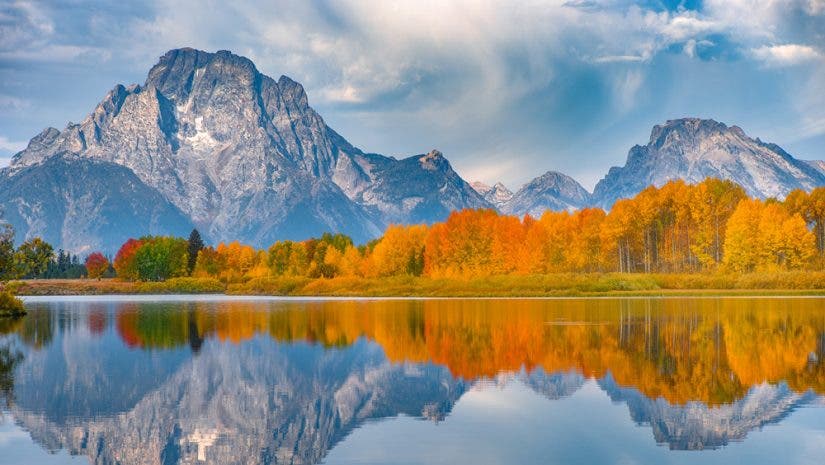Darren White is a nationally acclaimed artist best known for his spectacular landscape images of the Mountain West that convey the awesome grandeur of the natural world. His work has appeared in such prestigious publications as Popular Photography and Columbia Gorge Magazine and has been cited in National Geographic Traveler.
White is perhaps best known for his fine art photographic prints. In addition to offering his prints, he also works with interior designers, home furnishing companies, and has had his work published in magazines in the United States, Canada, and Germany. His fine art photographic prints are proudly displayed on the walls of homes and offices of art connoisseurs worldwide.

White was born and raised on the Oregon Coast, where his love for the glories of nature and his desire to capture compelling landscapes with his camera was first kindled. In 1999, he moved to Portland, Oregon and soon became enraptured with the majestic beauty of the local mountain ranges as well as the scenic areas around the Columbia River Gorge.
Finally, in July of 2013 Darren White made the huge move to Littleton, Colorado, near Denver, where he’s now based. Not surprisingly he quickly found new inspiration in the Rocky Mountains of Colorado, and the rugged outdoor lifestyle the state is famous for.

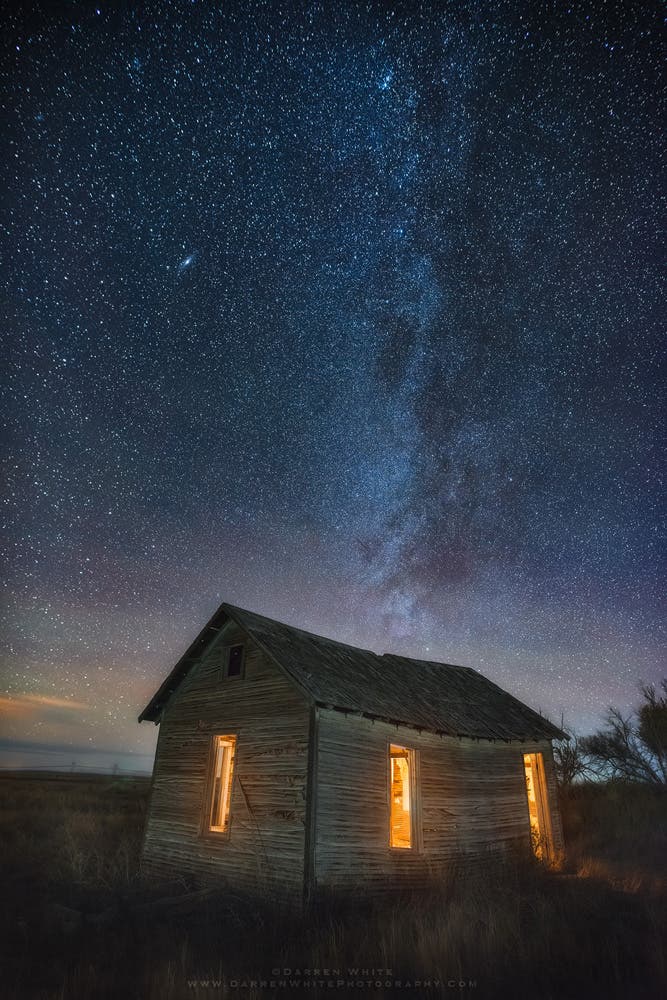
Over the course of his illustrious career, White has used his impressive talent to serve a number of clients, including: B&B Roadway, Widmer Brothers Brewing, Craft Brewers Alliance, Portland Monthly Magazine,
Widgery Works Inc., Northwest Blades, Keyscaper Keyboards, Microsoft, Impact Photographics, Case Logic as a Photo Pro, Cortesi Home, and Arch Designs Artwork and Framing. Although he doesn’t enter many contests he’s won a number of awards, including first Place in the 2013 Outdoor Photographer Magazine Desert Assignment Contest and an Honorable Mention in the 2014 Outdoor Photographer’s 6th Annual Nature’s Colors contest.


How does Darren White see his mission as a photographer? “I consider myself a fine art landscape photographer. I don’t have a mission statement per se, but I do try to convey the feeling of being in nature to my viewers. I want people to feel as if they are there with me, regardless of the location. It could be a mountain waterfall 12 miles from any streets or roads or it could be a scenic pull-off I encountered when driving through a state park. I want people to see, feel and appreciate nature and our magnificent American landscapes. “
White got into photography when he was 12, and he’s been taking pictures ever since. “My mom got a free Vivitar 35mm point-and-shoot as a premium for taking out a magazine subscription,” recalls White, “and I used it to photograph my friends and our skateboarding exploits. So my first subject was sports, and as soon as I started using the camera and getting the film developed I knew photography was my passion.”


By the time he had turned 18, White was an emerging pro, working freelance, and doing all kinds of photography. He shot weddings, sports, people, and animals, basically anything people would pay him to photograph.
“I was offered jobs and took them,” he says with a smile, “and it kind of snowballed from there.” For the next 20 years he worked at a day job while freelancing as a photographer. The decision to become a full-time photographer came when he and his wife decided to move from the Pacific Northwest to Colorado.
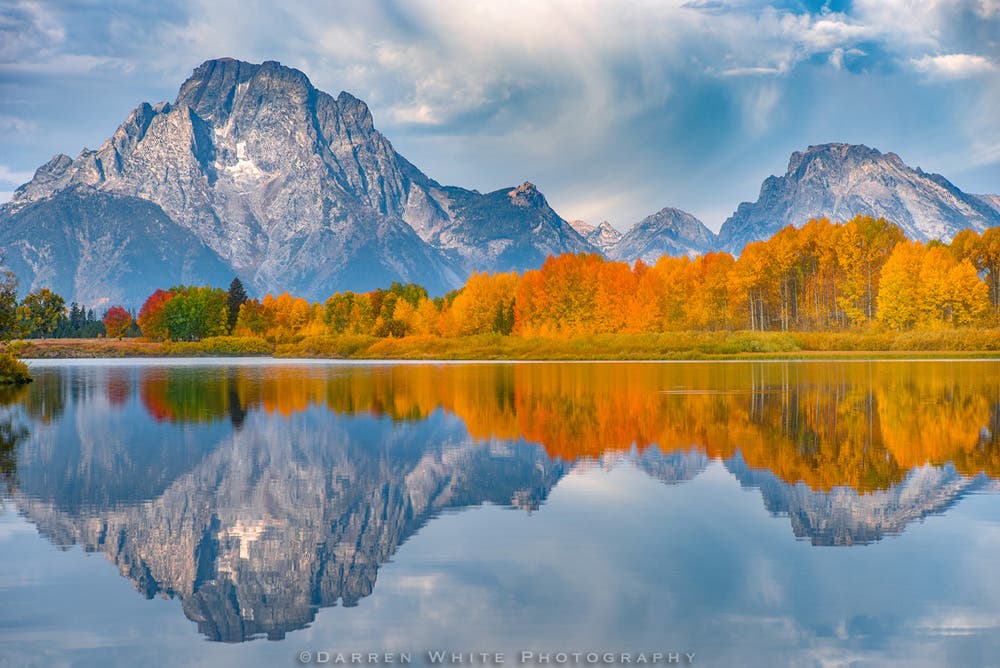

“I’d spent the last 20 years building my business while working for other people,” says White. “When we decided to move to Colorado, it was an easy decision to finally do what I love and be able to spend more time on photography. By becoming a full-time photographer, I had more time to really build and market my work, and everything kind of fell into place.”
“I feel that in one way or another, all photographers use photography as a means of expression,” observes White. “I started shooting landscapes seriously when I was 16 and had my driver’s license. I only lived eight miles from the ocean so I spent as much time at the beach during sunrise and sunset as I could.”
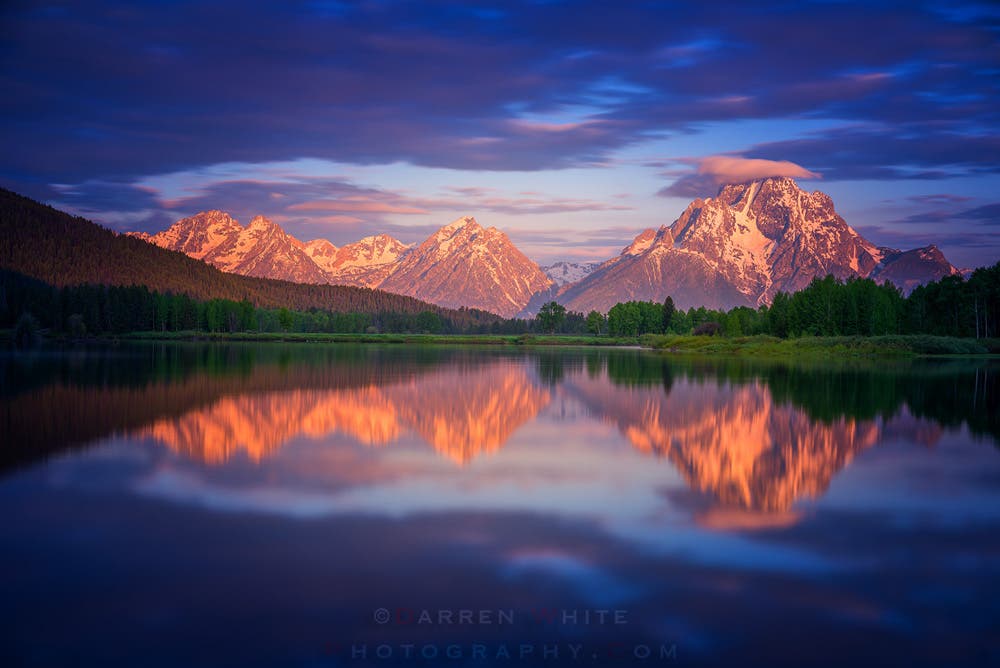

“Expressing myself via landscapes was pretty easy,” he continues. “I wanted people to see how beautiful the Oregon Coast was and I had that chance to make it happen. I think photography came naturally, since my parents were both artists in their own way. My father was very good at leather crafting and my mother was a beautician. I took a photography class in junior high school when I was in 7th grade and loved being able to use the manual cameras. In high school I was a photographer for the school newspaper and I was Chief Photographer for the yearbook. I spent a lot of time in the darkroom developing and printing images. I shot everything from kids in the hall to all the sports. It was a lot of fun.”


After graduating from high school, White went to work at a one-hour photo lab where he was in charge of developing, printing and maintaining the equipment as well as working with customers and selling cameras.
“I made quite a few connections in my small town by working at that lab,” notes White, “and I was able to shoot weddings, portraits, animals and sports privately for clients while I lived there. I moved to Portland, Oregon in 1999 and began building my landscape photography business. Galen Rowell, the renowned outdoor photographer, was a huge inspiration when I was just getting into landscapes. He encouraged me to get off the beaten track, explore more, and find unique places to photograph. When I was shooting sports for our high school newspapers and year books I was inspired by Manny Millian’s outstanding work in Sports Illustrated.”


White’s main go-to cameras are a Nikon D810 DSLR, a classic Nikon F4s top-tier 35mm film SLR, and a vintage Mamiya C330 Twin Lens Reflex medium format film camera. All his current lenses are by Sigma Corp. The lineup includes the Sigma 14mm ART, 20mm ART, 24-105mm ART, 50mm ART, 85mm ART, and the 150-600mm contemporary — see picture captions for details. His accessories include an Induro CT314 Carbon Fiber Tripod, nine different Nitecore flashlights lights (he does a lot of hiking and work in the dark), a simple cable release, and a Tiffen Double Fog Filter.


“I’ve been using a Nikon D810 now for almost 4 years, and I’m a big fan of Nikon cameras,” says White. I like how easy their menus are to use and because the D810 is such a well-rounded camera, it’s my favorite. It turns out large, high-res files that I can print big or crop, I can shoot any time of the day and still get great images, and it’s great for astrophotography. As for the lenses, I can honestly say that over the past 25 years I’ve used a lot of lenses and it just seemed like I had issues with each brand. When I acquired the Nikon D810 I also purchased the Sigma 24-105 to go with it. Right out of the box I was blown away with the ease of use and the image quality. It was the sharpest lens I’d ever used for landscapes. As Sigma came out with more lenses I’d rent them and give them a try and I really couldn’t believe how good they were. I now own 6 Sigma Lenses, I’m delighted with each and every one of them, and I plan to get more.”
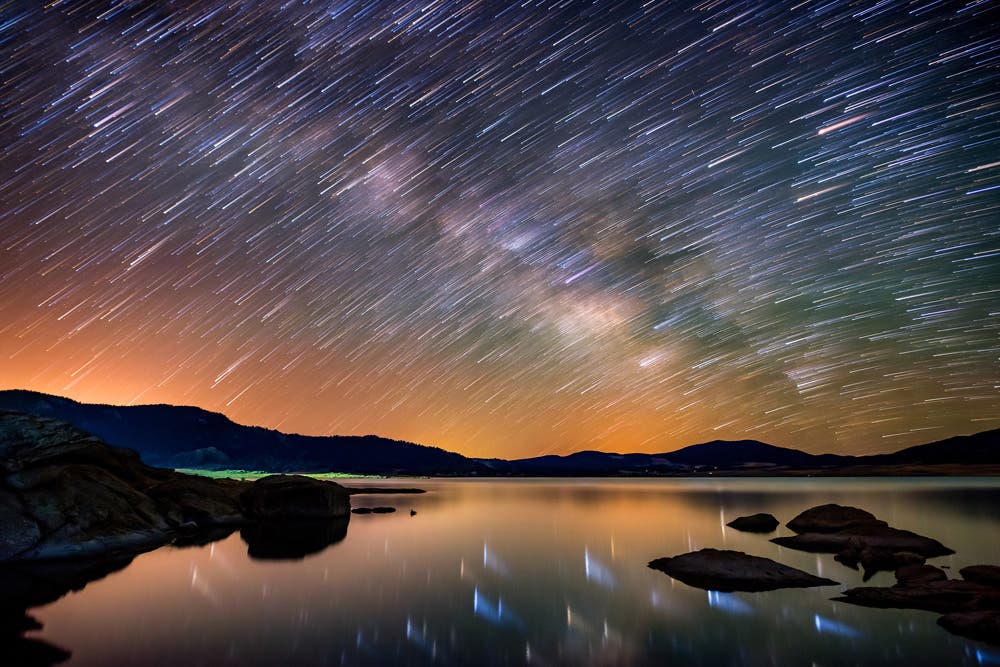

In reviewing Darren White’s amazing landscapes it seemed to me that they have a distinctive dynamic style that sets them apart but he doesn’t agree. “I honestly don’t think my work has a unique style,” he asserts. “Others say it does, but for me, it’s basically about creating good, sharp images of the incredible landscapes that are out there. Most of my work is fairly straightforward, and while some is built on visions in my head, 90 percent of my images are basic shoot-and-process. Perhaps 10 percent I would call creative visions meaning that I’m creating scenes that don’t exist in the real world. I learned photography with film, so it had to be right when I shot it. Back then I didn’t have computers to manipulate my art.”


“Photography means everything to me,” concludes White. ” Not only is it my passion and something I love doing, it’s also my income. No matter where I’m traveling, I’m always trying to find a way to incorporate photography into my time there. I spend a lot of time planning and scouting locations. I use Google Earth and PhotoPills to plan my night shoots from home. It sounds lazy, but when the tools are at your fingertips why not use them? I know if a location will be good for a Milky Way shoot just by the direction the subject is facing. I also know what time of year will be best based on the direction. Every subject has an optimal time to be photographed and we landscape photographers can now do most of the planning here at home, which makes our time in the field much more productive.”

While many other photographers spend untold hours post-processing a single image, White says he spends about 15 to 20 minutes maximum on any single image. When he “builds a photograph,” he takes various parts from one image and various parts from another and combines them seamlessly into one unique scene.
“Lots of folks have mixed feelings about this because so many people feel that photography is supposed to be about reality,” he says. “In my opinion, our sensors are now our canvases and we can paint on them with any kind of light we want to create whatever we want. I know how to combine good images into a single compelling shot. I know how to read my histograms for the best possible exposure. I have done that for many years, and now I’m constantly striving to take things to a new level. I am always learning new things.”
To find out more about Darren White and see more of his images, visit his Instagram @darren_white_photography, his gallery, his workshops, and his blog.
